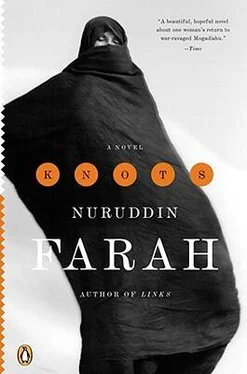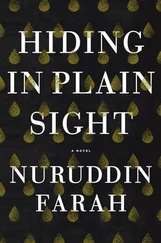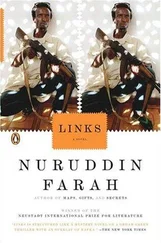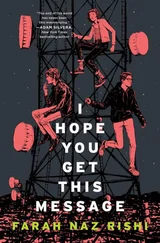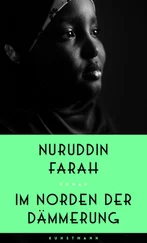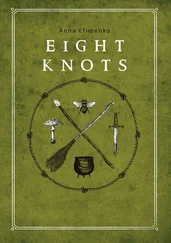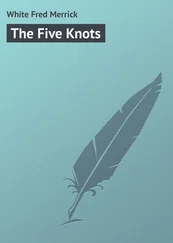Three-quarters of an hour later, Cambara is at her desk in the workroom. She has got down to serious work, studying the notes on her scratch pad and admiring the easy-to-carry miniature wooden masks that she hopes the boy playing the role of the eagle in the fable on which she has based her play will be wearing on his head. The one she is holding in her hand is a replica of the original sculptured for her on commission by an Igbo living in Toronto.
The mask in her clutch is beige, of soft wood, inspired by a nineteenth-century piece in ivory that can be traced to the Kingdom of Benin in Nigeria, a cola-nut vessel in the shape of an antelope’s head, the horns scored with designs in darker hues and engraved with motifs, used for ceremonial purposes. Around the ears, to be precise, just below the right side of the head of the antelope, there is a fish bone, the fish eye bold in its prominence. She returns to her notes and thumbs though the photocopies she has made of the original sculpture. The beauty of the piece is so staggering that it astounds Cambara for a moment.
She runs her eyes over several other copies of some of the other masks that she intends Seamus to sculpt for her play. Among these, one piece stands out: a twentieth-century Senufo headdress carved out of a rectangular board and worn as a mask. This arrests her attention, for on it there are very abstract figures of animals that stand in two-dimensional profiles in four wide openings. In addition to the animal figures, several other difficult-to-identify forms are organized according to a systemic concept, with round contours of figures in the front and back of the board foregrounding the mask. There is a female figure in front of the head of the antelope, dominating it, and in the back or, rather, above the antelope head, there is a bird in the likeness of an eaglet, more abstract than the other figures in the front.
She consults her file further and comes across yet another piece of breathtaking artistry said to have been found among Leo Frobenius’s collection, bought in 1904 in what is now the Democratic Republic of the Congo. This is either a nineteenth-or an early-twentieth-century comb carved out of wood in the abstract shape of a human. Dominating the design are a protruding nose and a crested headdress, shapes that are worked with impressive artistry into the comb, its projection forming part of the small head. High-ranking men and young men participating in the festivities at the end of their initiation ceremony wore these combs as hair ornaments. Cambara hopes that Seamus will be able to sculpt pieces in the likeness of rods that the actors playing the characters and speaking their roles can easily manipulate.
Just then, she hears a tap at the door and gets to her feet with the speed of someone expecting a visitor. As she does so, she collides with the desk, knocking her thigh against its edge, the pain instant and atrocious, and her veins smarting. She limps to the door, wincing, and because she pulls the door open without asking who is there, wonders if she is being injudicious. After all, the knocker could be anyone: Gudcur or one of his militiamen come with the premeditation and motive to harm her; Zaak, arriving to vent his spleen, as malodorous as it is ill humored; or any other gun-toting youth, deranged enough to shoot without a care in the world.
“There you are,” she says to Gacal, who is standing there. She sounds genuinely happy, chuffed that he looks more elegant than she has imagined possible in the outfit she has sent down to him.
“I am here,” he says, his tone of voice that of a wooer manqué, come without a hat to tip to the woman he is courting. His thumb and index are poised, as if to raise a hat.
Cambara takes his measure, training her eyes on him, feeling more confident than ever in her choice and judging him right for the role she wants him to play. Pleased that he will serve her purposes, and content too that he is meeting her quick appraisal with a chutzpah in the form of a twinkle of a smile, she watches with amusement as he rubs his flat open palm over the creases in the trousers, smoothing them. She gives him an A-plus mark; he nods his head, maybe confirming her thoughts. She is debating whether to invite him into her room when she realizes that he is barefoot and remembers why even after she donated shoes to the Salvation Army in Toronto she felt the need to apologize to the officer receiving them. Dalmar would describe his feet as “funny,” because of the differences in their size, his left foot being the larger by nearly three sizes, a deformity that Wardi blamed her for, at one point ascribing it to what he called Cambara’s degeneracy. She would order her son’s footwear from a U.K.-based outfit, Sole Mates, which specializes in supplying people like Dalmar with shoes matching the varying sizes of their feet. She broods over the matter of shoes a little more and then invites Gacal into the room. She takes him by the hand before giving his feet a cursory assessment and deciding that for the time being he can use her open leather sandals, which she reckons are merely one size too big.
When she returns her gaze to concentrate on Gacal, she finds that he is focusing his full attention on the replica of a wooden mask that has been cut out of cardboard and painted a dark color. She is equally enthralled, watching him, spellbound. She is moved, her transport of joy knowing no limits. Elated, she walks back into the room, picking up the object of his fascination, and says, “Try it on.”
Gacal steps forward to receive the mask in the respectful self-possession of someone collecting a prize from royalty — reverentially and with both his hands. He behaves self-consciously, turning it this way and that admiringly. One might think that he has always known its great import, even though, from the awestruck way he is now holding it, Cambara is not sure if he has any idea what it is for.
To spare him blushes, she decides to help him out. She says, “See if it will fit your head.” When he stares back at her hesitantly, obviously confused and not knowing what to do, she says, “Here,” and she snatches it back from him, her manner gentle, her grin gushy. Then she places it on his head in much the same rigorous ritualism as a commoner chosen to put a crown on the head of a noble person, honoring him or her. That done, she moves back to confirm her decision to cast Gacal in the role of the eagle in the play as soon as she laid her eyes on him. She says, “There.”
Gacal’s hands flail blindly but very cautiously above his head, not daring to touch the mask lest he upset its balance or upend it. It is then that she leads him by the hand to the full-length mirror in the bathroom. To afford both of them the possibility of concentration, she stands apart from him and out of the mirror’s frame. She describes the scene before her as an instant of breathtaking beauty. “No doubt about it, no doubt about it,” she repeats several times.
When he makes as if to ask what it is for, she reclaims the mask, holds it at the range of a trombone, and says, “The clothes I’ve given you may not be a perfect fit and I may not have got you a pair of shoes, but this suits you wonderfully.”
A masterpiece of unequalled handsomeness; she feels almost content with the world and fills her eyes with Dalmar’s look-alike.
Her mobile rings. She answers it, her eyes brightening as the voice of the woman at the other end gives her very good news. Then she listens some more and asks, “Are you sure, Kiin dear, that you do not mind if I bring my young guest to lunch? Also to bring along Pinocchio, so that he and your two daughters, whom I am so looking forward to meeting, can watch it while we chat in uninterrupted peace?”
“But of course.” Cambara picks up a trace of annoyance in Kiin’s voice, suspecting that there is something bothering her, even if she is not telling her what it is. This gets Cambara’s back up, but she lets it be in the hope that she will eventually hear of what is bugging Kiin. Understandably, Kiin may not be very keen on having a boy unknown to her play with her daughters alone, well aware that he is a different make from them. You never know what mischief an urchin with no known beginnings might conjure up if such an opportunity were to present itself. It is just as well that she will be close by, keeping her eyes and ears alert for any possible misadventure. Will Gacal, who may have a troubled history, interrupt the placidity that Kiin has created for herself and her daughters?
Читать дальше
